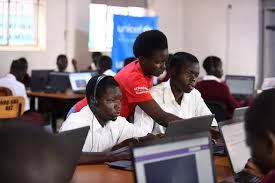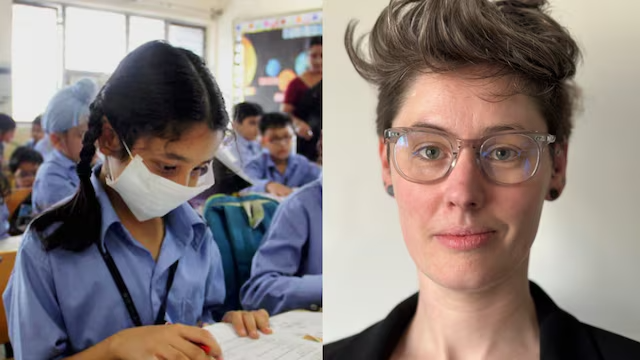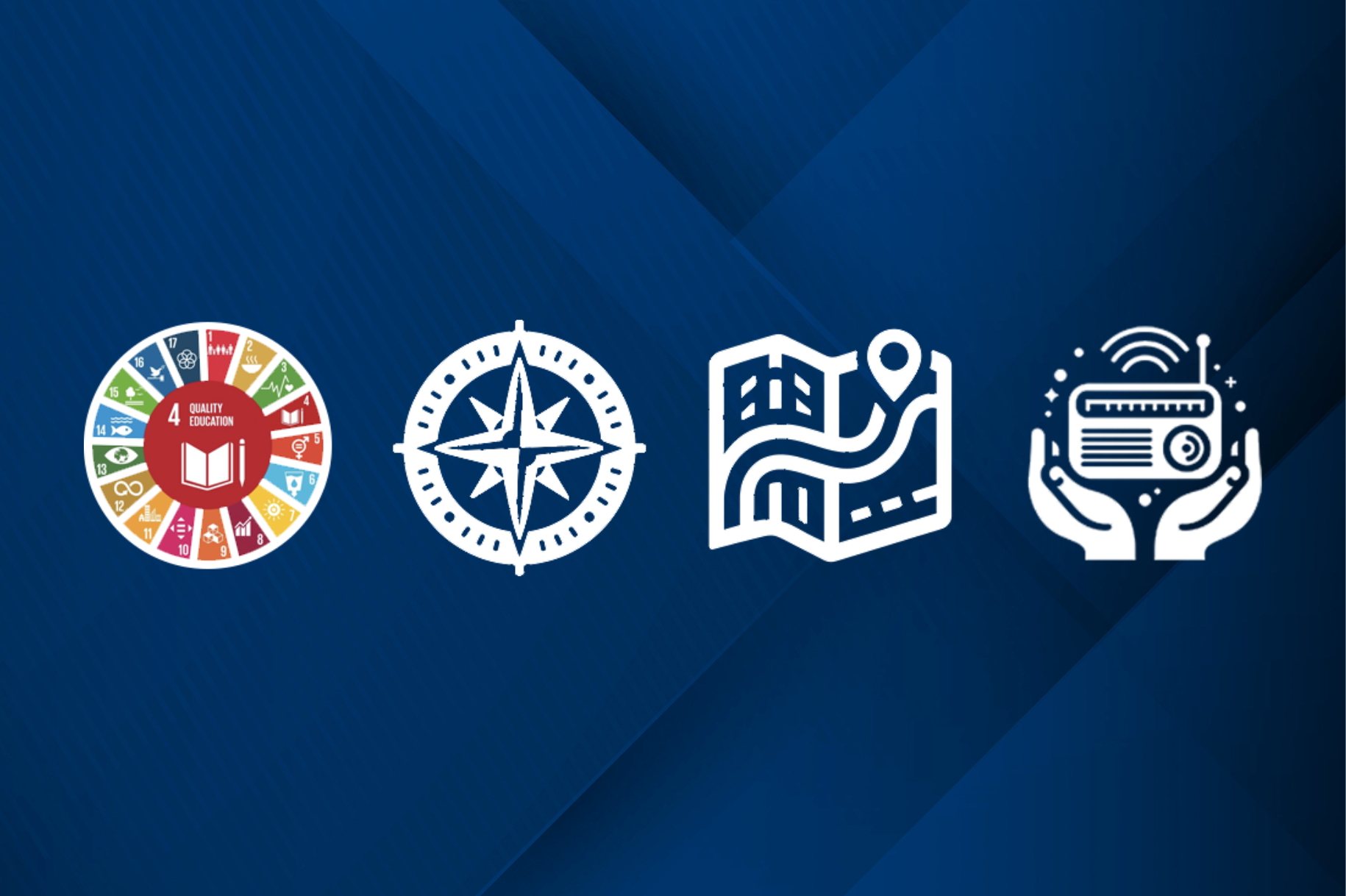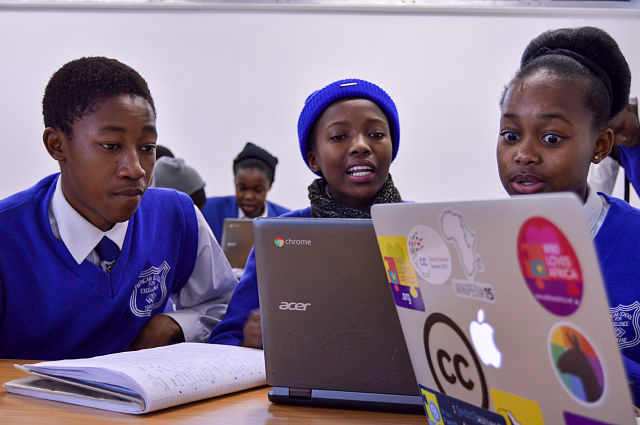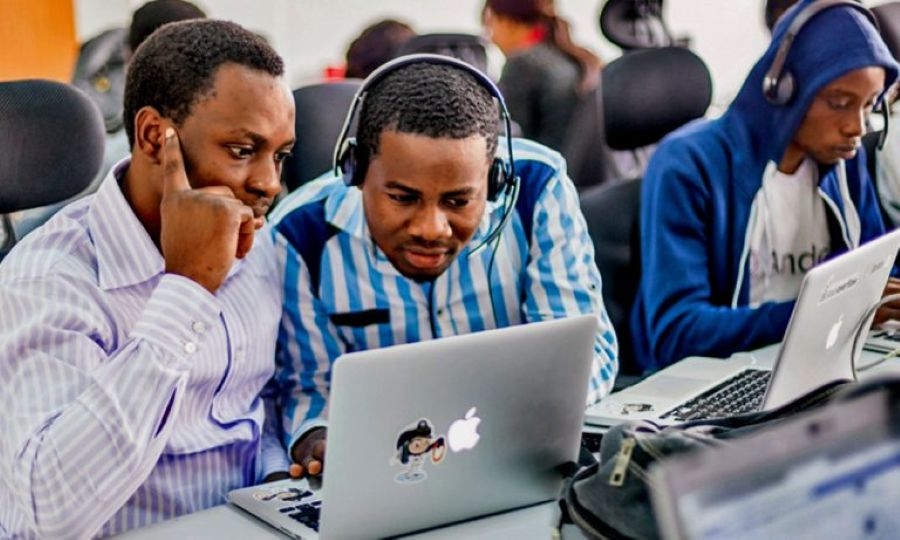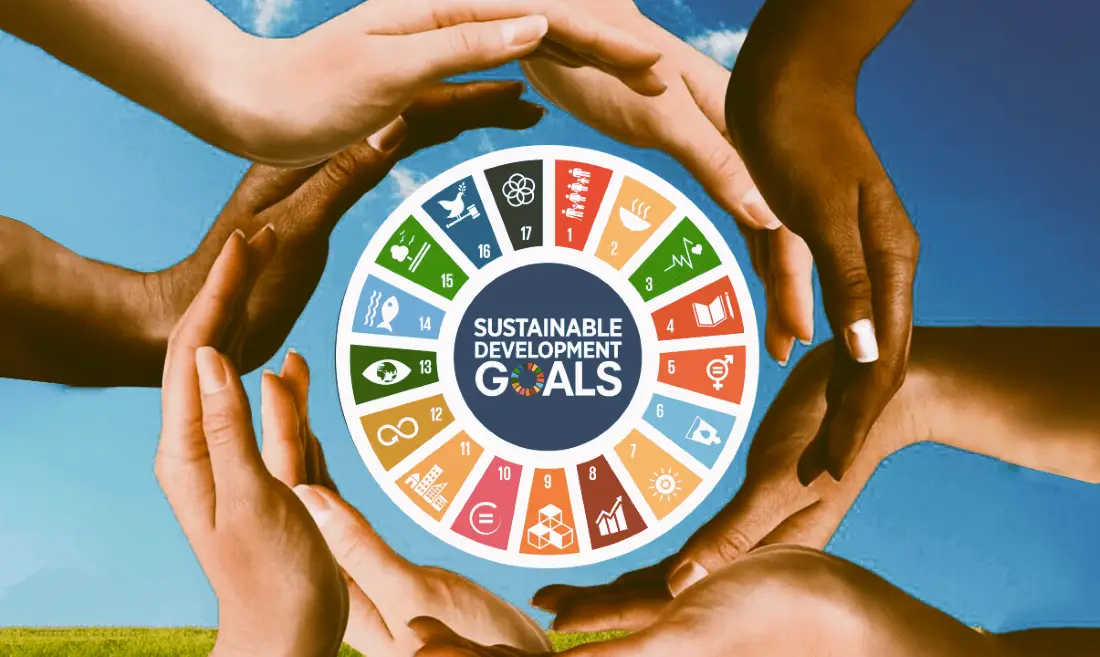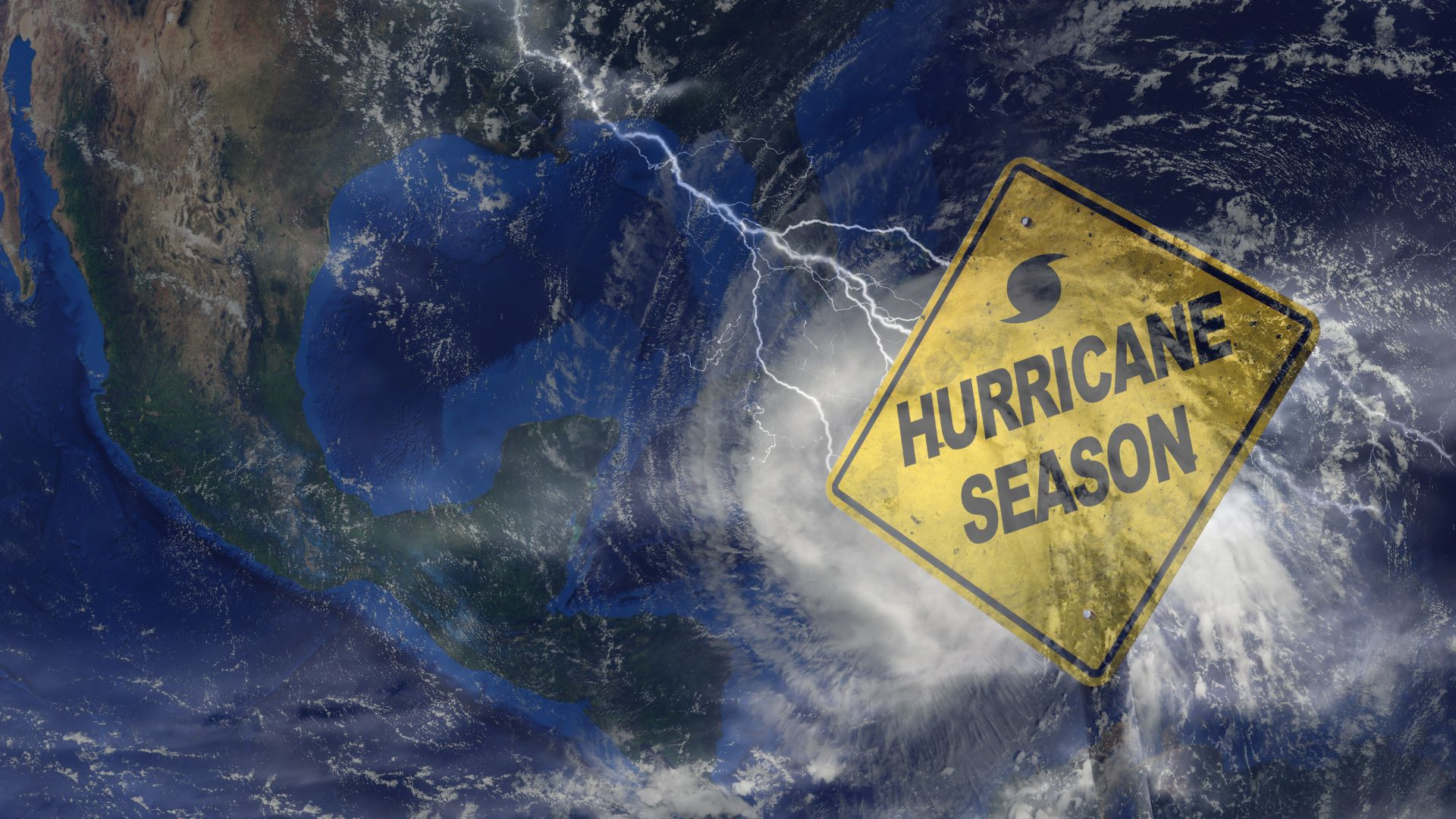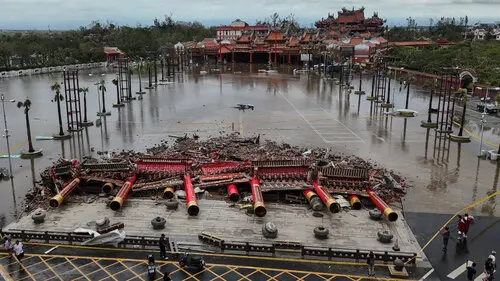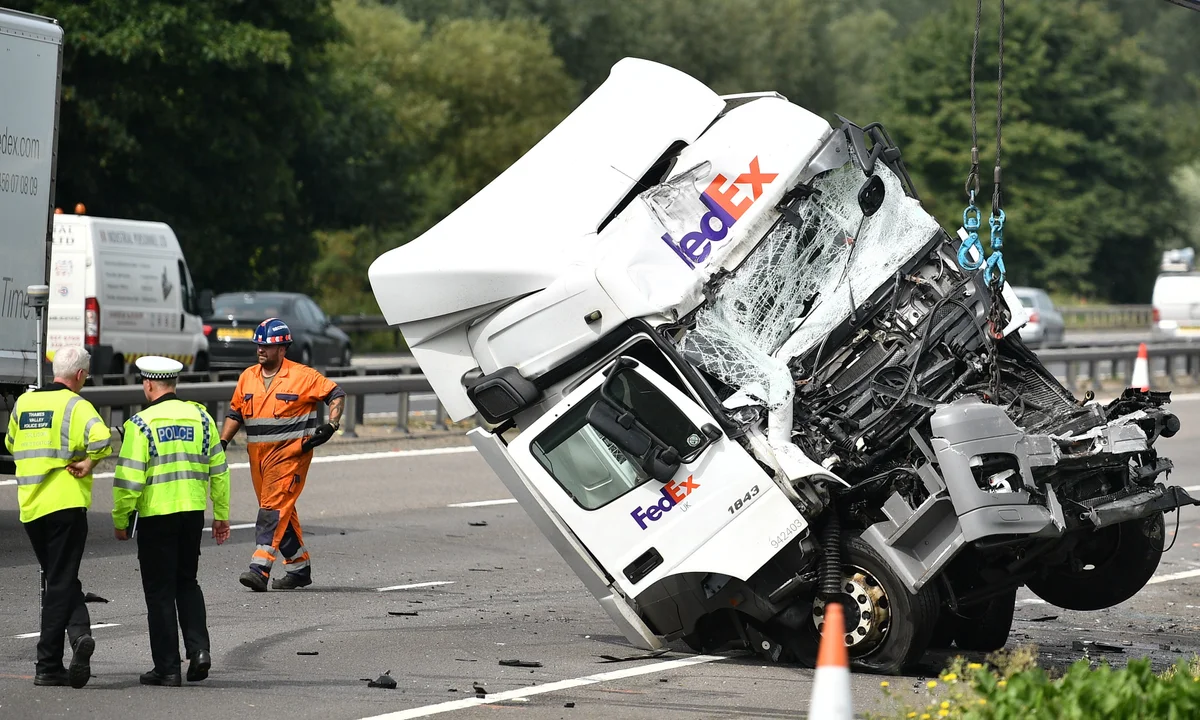
india Lags Behind on SDG 4 Education Quality and Equity Remain Persistent Challenges Despite Progress
Despite significant strides in expanding access to education over the past decade, India continues to lag behind on Sustainable Development Goal 4 (SDG‑4), which aims to ensure inclusive and equitable quality education for all by 2030. Recent reports by both national education authorities and international agencies highlight a mixed picture while school enrollment has risen impressively, learning outcomes, digital access, and inclusivity remain major barriers, particularly in rural and marginalized communities.
What Is SDG‑4?
SDG‑4 is part of the United Nations' broader 2030 Agenda for Sustainable Development and includes 10 targets, ranging from universal primary and secondary education to lifelong learning, gender equality in education, and upgrading education infrastructure.
India, as a signatory to the SDGs, has committed to achieving these goals, but seven years ahead of the deadline, the data reveals uneven progress.
Enrollment Up, Learning Down
India has achieved near universal enrollment in primary education and continues to show progress in secondary and tertiary levels. Government programs like Samagra Shiksha Abhiyan, Mid Day Meal Scheme, and Right to Education (RTE) Act have helped increase school access across states.
However, studies such as the ASER 2023 (Annual Status of Education Report) reveal that basic reading and arithmetic skills have stagnated or even declined post pandemic. For example
Only 42.8% of Class 5 students can read a Class 2 level text
Fewer than 50% of Class 8 students can solve simple division problems
Learning loss due to COVID 19 remains unaddressed in large sections of rural and under resourced schools
Digital Divide and Infrastructure Gaps
With education becoming increasingly hybrid or digital, the digital divide continues to obstruct quality learning. According to the National Sample Survey (NSS) 2023, only
38% of rural households have internet access
Less than 20% of government school students regularly access digital learning tools
There is a significant gap in digital literacy among teachers, particularly in tribal and hilly regions
Many schools still operate without basic infrastructure like clean toilets, potable water, electricity, and libraries. States such as Bihar, Jharkhand, Odisha, and Uttar Pradesh are particularly behind on these fronts.
Marginalized Communities Left Behind
One of the biggest challenges to achieving SDG‑4 in India is inequity in education. Children from Scheduled Castes (SCs), Scheduled Tribes (STs), minorities, and children with disabilities face layered disadvantages
Dropout rates remain high beyond Class 8, especially for girls in marginalized communities
Language barriers and lack of localised curriculum hamper learning for tribal populations
Inclusive education models for children with disabilities are either under implemented or poorly monitored
The gender gap in access to higher education has narrowed nationally, but regional disparities still persist, especially in ST dominated and border regions.
Teacher Shortages and Training Deficits
Another bottleneck is the shortage of qualified and trained teachers, especially in remote areas. Many schools, particularly at the secondary level, operate with multi grade classrooms and without subject specific teachers.
As per government data
India has a shortfall of over 10 lakh teachers in public schools
Less than 30% of teachers have access to ongoing professional development
New pedagogy models under the National Education Policy (NEP) 2020 are still in early rollout stages in most states
Without a robust investment in teacher training, India risks falling short on SDG‑4 targets related to quality, not just quantity, of education.
Government Response and Forward Strategy
The Indian government has acknowledged the lag and is attempting to course correct. Key recent initiatives include
PM SHRI Schools Upgrading 14,500 schools into model institutions with improved pedagogy, ICT, and infrastructure
Digital University Plan To expand access to higher education through online, multilingual courses
PARAKH (Performance Assessment, Review, and Analysis of Knowledge for Holistic Development) A new national assessment body under NCERT to bring parity in learning outcomes across boards
However, experts argue that more localized, data driven interventions are required, particularly in states with deep socio economic disparities.
What Needs to Change?
To truly meet SDG‑4 by 2030, India must pivot from input focused metrics (enrollment, infrastructure) to outcome based strategies that emphasize
Foundational literacy and numeracy
Equitable digital access
Support for first generation learners and special needs students
Empowerment and retention of female students
Continuous teacher training and pedagogical innovation
Real time data collection and community based monitoring
Increased public education spending currently around 2.9% of GDP, far below the 6% NEP recommendation is essential to support these systemic changes.
Conclusion
While India has made considerable headway in democratizing access to education, the promise of “quality education for all” remains unfulfilled. As the 2030 deadline approaches, it’s clear that incremental change won’t be enough.
India must act boldly and inclusively ensuring that every child, regardless of location, caste, gender, or ability, receives not just a seat in a classroom, but a meaningful, empowering education that prepares them for a changing world.
Related Post
Popular News
Subscribe To Our Newsletter
No spam, notifications only about new products, updates.

